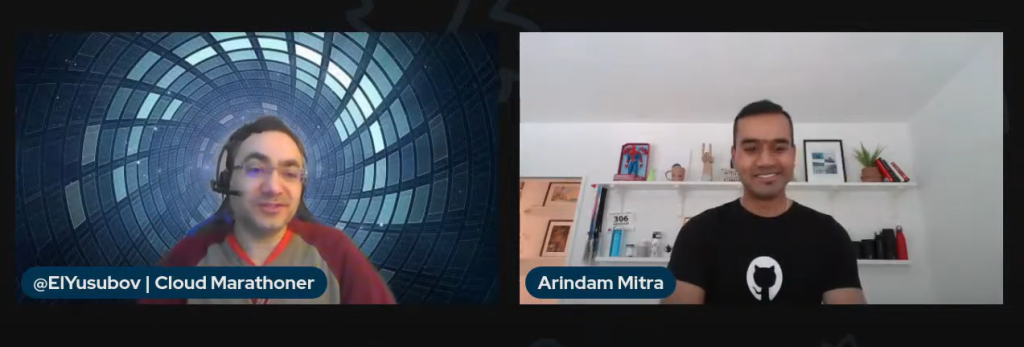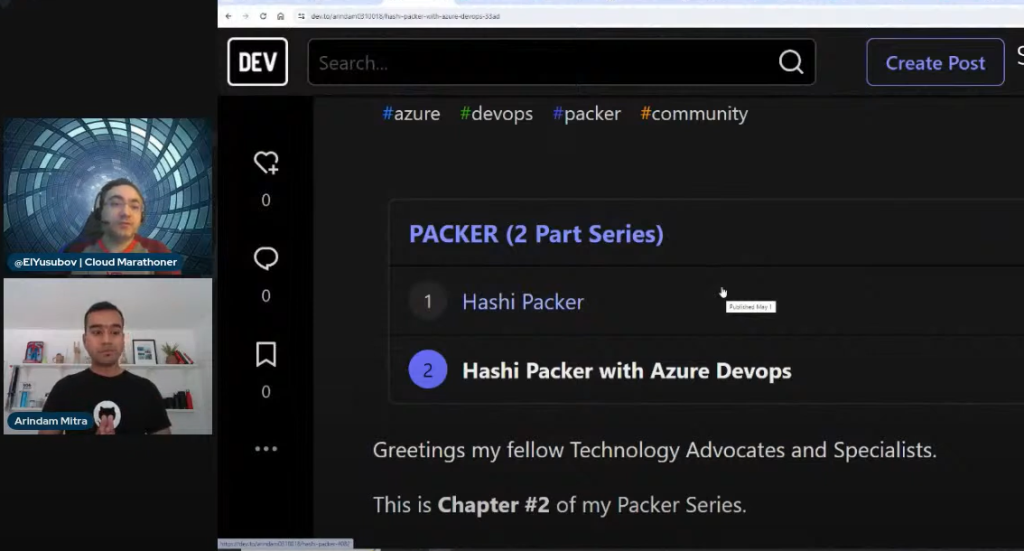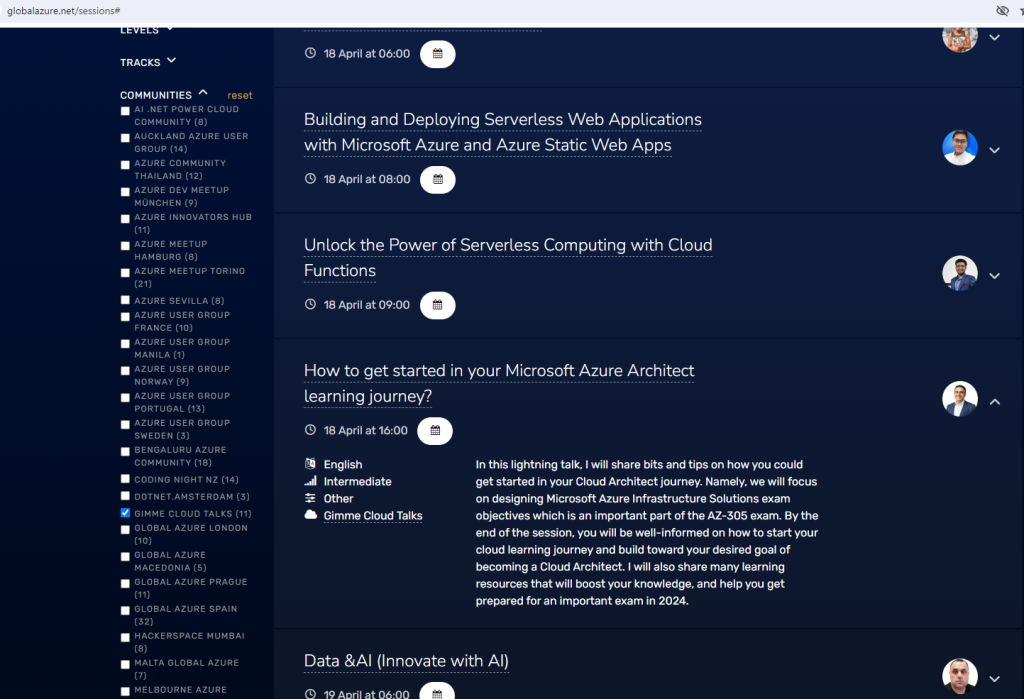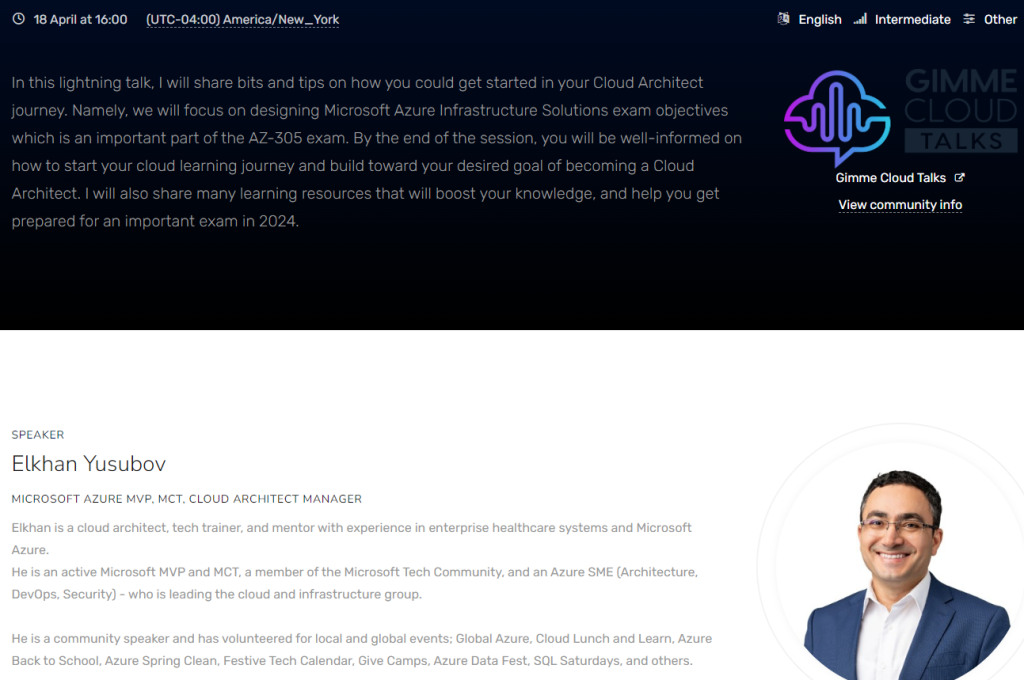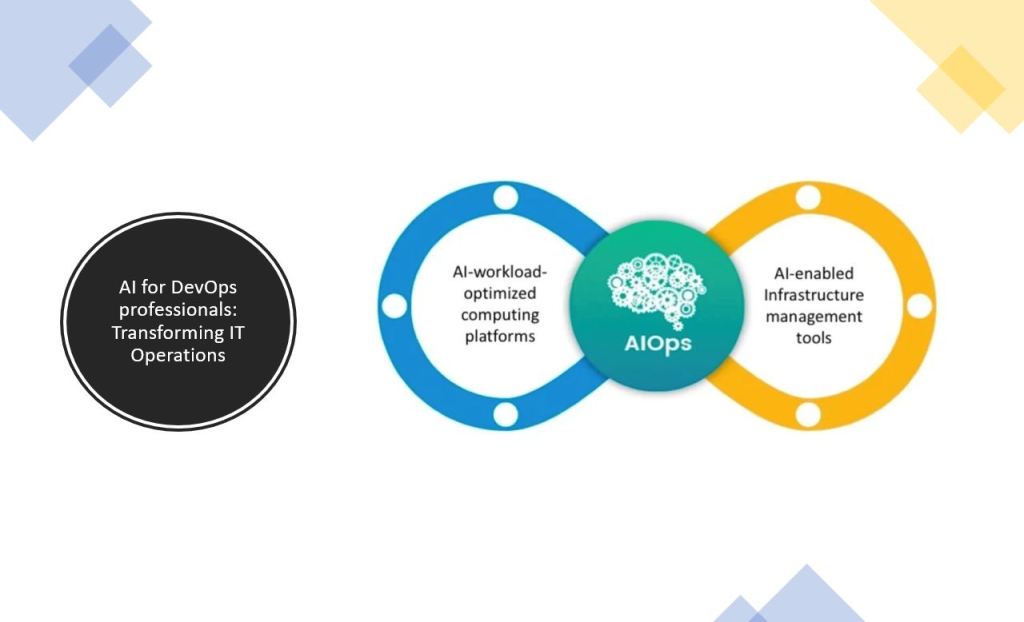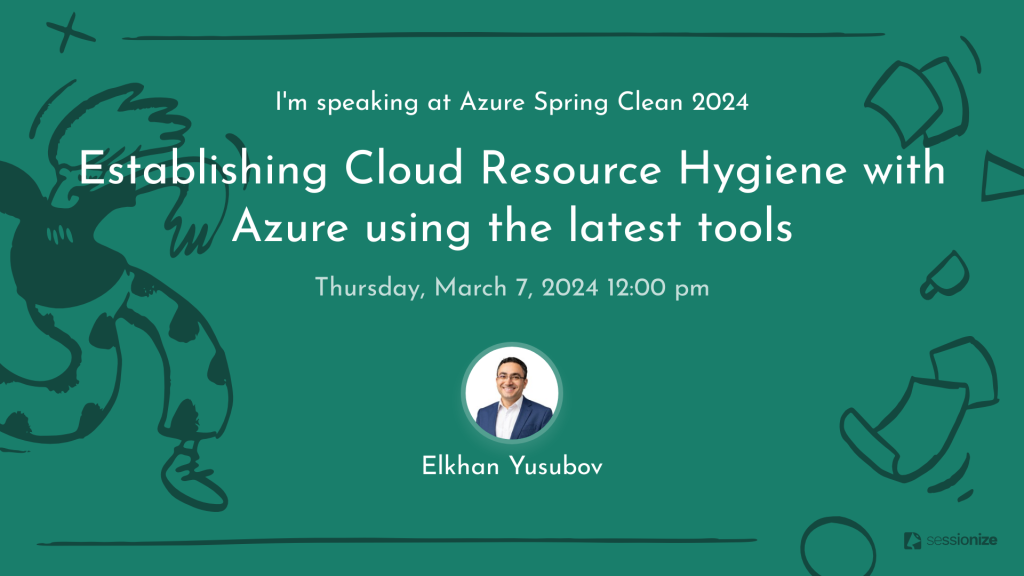Hello Cloud Marathoner freinds!
Last week, we had an engaging session with our speaker guest – Amit Tidke an AWS Community Builder. This session was helpful for everyone who wanted to learn more about building and managing images using AWS Image Builder.

Golden VM images ensures consistency, security, and efficiency across your AWS infrastructure. In this session, we have explored how to leverage AWS Image Builder to use compliant golden VM images. The agenda of this session includes:
1. Importance of Hardened Golden Images:
2. Creating an Image Recipe
3. Infrastructure Configuration
4. Components and Pipelines
5. Distribution and Lifecycle
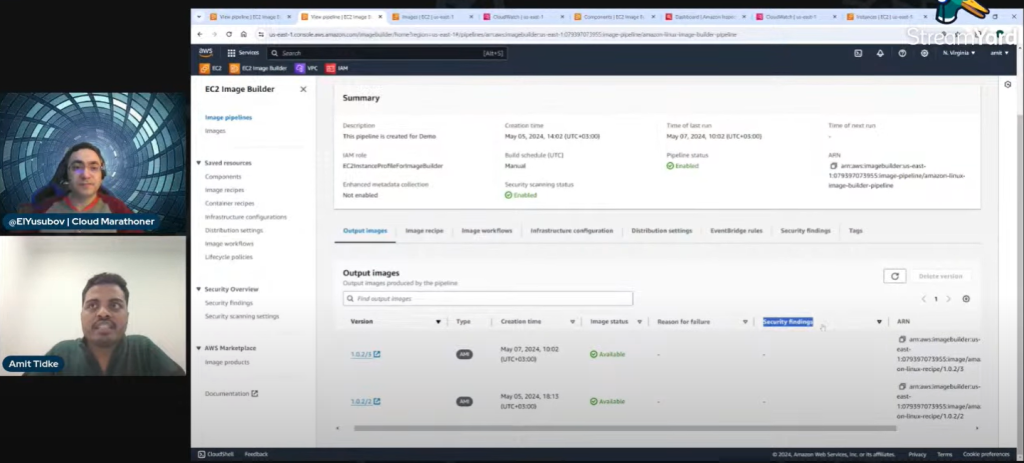
Without any further due, I would encourage you to check our recording in the Cloud Lunch and Learn (CLL) YouTube channel below.

